#CapeFire- Reflections of a Lakeside resident
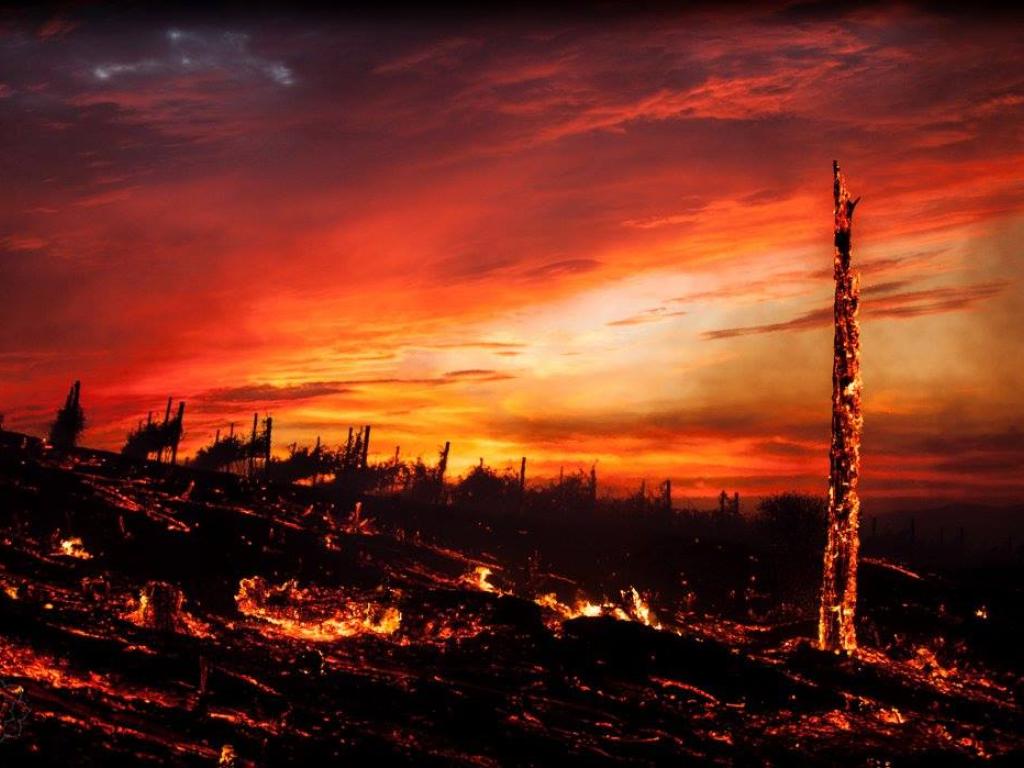
By Kirsty Nortje
On the evening of Sunday, 1 March 2015 we could see flames and smoke rising in the mountains right above our house in Lakeside. The fire seemed to have started high up in the mountains, but seemed to be making its way down the mountain towards Boyes Drive quite rapidly. What we woke up to the next morning was news that the fire was spreading quickly, and by evening we were seeing messages from friends that a number of people in the secuity complex, Stonehurst, had been told to be ready should the need to completley evacuate arose- thankfully it didn’t. For the next week we watched from our office window as the fire spread across the mountain. Below are a few (non-academic) reflections of the week of the 2015 #CapeFire, some relate to climate change and the management of environmental problems, but most are just general reflections and experiences.
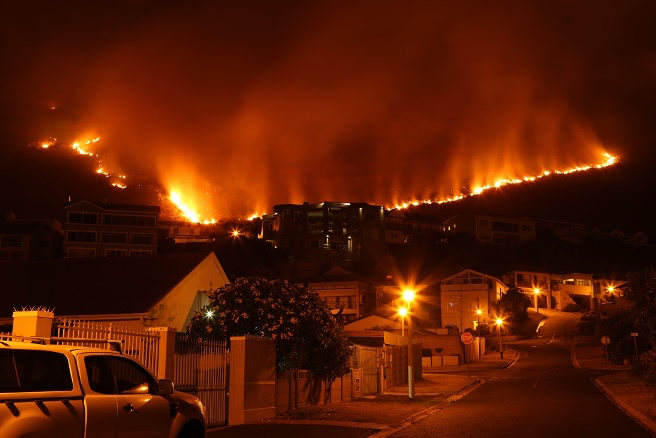
Photo Credit: Timm Hoffman, fellow Lakeside resident and ACDI affiliate took this photo from his street.
What money can’t buy
To manage a large scale coordinated effort to fight, manage, and eventually extingiush these fires, costs a pretty penny. According to News24, it was estimated that the fires cost the City of Cape Town at least R6m – with at least R3m having been spent on two water-bombing helicopters that were used to douse the flames. This number probably came from expenses that are easy to quantify, but in many cases there are indirect costs, and those that are harder to quantify. This makes me think about the difficulties of and the value in very important ‘economics of climate change’ and ‘costs of adaptation’ theme work and research that has been and continues to be done across the world.
Despite large cost figure, there are, as they say, some things that money can’t buy. The way that the communities affected by the fires, and even the greater Cape Town residents rallied together to help in efforts to contain the blaze was quite extraordinary to see. Lakeside fire station turned into a coordination point for people wanting to drop off aid of all kinds for firefighters, from food and drinks, to eye drops and throat lozenges - whatever the firefighters requested was brought, and in massive amounts. There were people putting out water for animals escaping the blaze and coming off the mountain, those worrying for the welfare of baboons, and radio fundraising drives that raised over three million rand in one day. Not to mention the AMAZING volunteer firefighters, who gave up their time (at a cost to employers indirectly with them taking leave in many cases) and in some cases put their lives in danger to fight fires across the peninsula. It was truly something special to witness
The practicalities- Traffic (and voyeurs):
Traffic in and around the South Peninsula was quite an emotionally heightening experience during the fire. At one stage three main access roads (Ou Kaapse Weg, Chapmans Peak and Boyes Drive) were closed to traffic leaving the only one way into or out of the whole South Peninsula through the Main Road. Practically, this caused absolute chaos: many people were late for work and children too, were late for school, as people sat in bumper to bumper traffic along the Main Road. To throw a spanner in the works, emergency vehicles had to navigate the gridlock. It made me realize how fragile and interconnected our transport system is. One disturbance caused the road transport system to come to almost a complete standstill at certain times. Was it not an option for people to use public transport? Why is it not? Much more to think about here but space is limited. On the whole the transport system in the South Peninsula was not very resilient in the face of this disturbance.
In many cases those sitting in traffic had to be there- to get to work, or school or other important appointments. Then there were those who were adding to the congestion just to get in on the action. On the days that areas around the Tokai Plantation were burning, the route to my home was heavily congested, with cars parked on the side of the road, and people sitting on their roofs just watching the fire and taking pictures. This continued late into the night. Many calls went out on social media, pleading with people to stop unnecessarily clogging up of transport routes that emergency vehicles desperately needed to use to commute to areas where fires were raging, in order to protect people.,.

Photo from the Volunteer Wildfire Services Facebook page
Social media mayhem and magic:
The recent fire was also a perfect opportunity for understanding, analysing or researching the use of social media in managing natural disasters (which we can expect to increase in frequency and intensity under climate change impacts). On the one hand social media facilitated rapid information dissemination- news spread like wildfire (excuse the pun) – about where the fire had spread too and how out of control it was, whether houses where in danger, where to drop aid for firefighters, calls for horseriders to ride horses out of areas that were being threatened - the list of topics was endless. Twitter and Facebook were amazing for sending out information very quickly- following the Volunteer Wildfire Services, or the local ward councillor for instance provided very useful real-time information and updates. There were a few instances however where the ‘unuseful’ side of social media was evident. In some cases incorrect information spread just as quickly as the useful information, and could have caused some confusion. Luckily, on the whole it, seemed to me that local government officals, and other ‘official’ partners were very good at snuffing out (again, excuse the pun) misinformed messaging.
Whose ‘nature’?
On the day that Tokai Plantation started burning the mountain bikers and trail runners came out in full force, understandably devestated at the loss of their ‘forest’ and all that it offered recreationally. But hot on their heels are the fynbos enthusiasts, who were more than happy to see the big ‘alien’ pines making way for the valuable fynbos which was lying dormant underneath them. My use of dormant here might not be completely techinically correct- I’m no ecologist. If you want to listen to and ecologists from UCT’s view, take a look here. Alternatively, you can have a look at a related article here. Whichever you decide, one can agree that the notions of how people value, conceptualise and use ‘nature’ are definitely something to reflect on, or research if you are so inclined.
Fires that burn invisibly within informal settlements
Over the course of the week I came across a few articles and opinion pieces on the cape fires that sparked my reflection on the interesting dynamics of media response to fires threatening formal houses vs informal settlement fires. Frequently fires sweep through informal settlements, destroying homes and severly compromising the livelihood of the families. In these cases there is often no insurance to fall back on, and those affected need to start building their lives again, from scratch. I do not mean to downplay the gravity of losing one’s home and all your possessions (provided you were not able to save some when evacuating) regardless of who you are, whether you were covered by insurance, or where you live - that must be a totally devastating experience. But something to consider is the comparitive amount of media coverage, or pledged financial support to assist in fighting fires that devastate more affluent communities compared to those that devastate informal settlement communities.
As the week came to an end and the extent of the fires devastation became more and more apparent, we at ACDI realised that our anticipated “Friday team building” outing had to be postponed following the fires devastation in the area- we had planned to swim and take in the beauty of Silvermine, but that will have to wait until it is open to the public again, until the fynbos rejuvenate, and the mountain is restored to its full beauty once more. We can only be hopeful that the recovery of our beloved landscape, boasting security, beauty and recreational splendour, will not take too long.
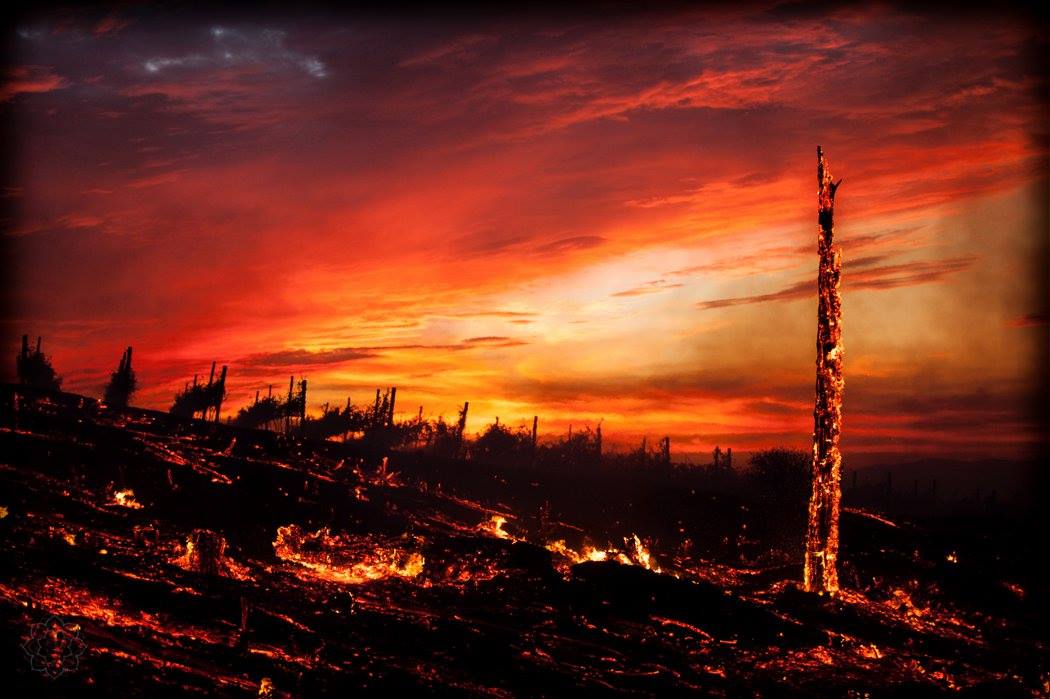
Photo credit: Greg Hillyard Photography

Photo credit: Greg Hillyard Photography
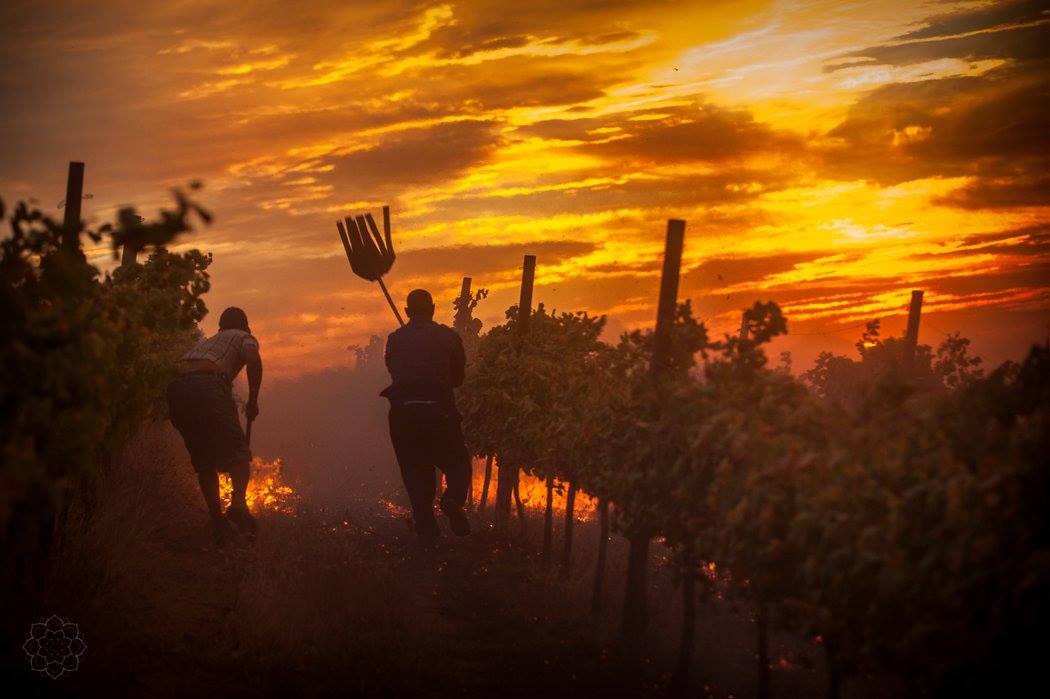
Photo credit: Greg Hillyard Photography
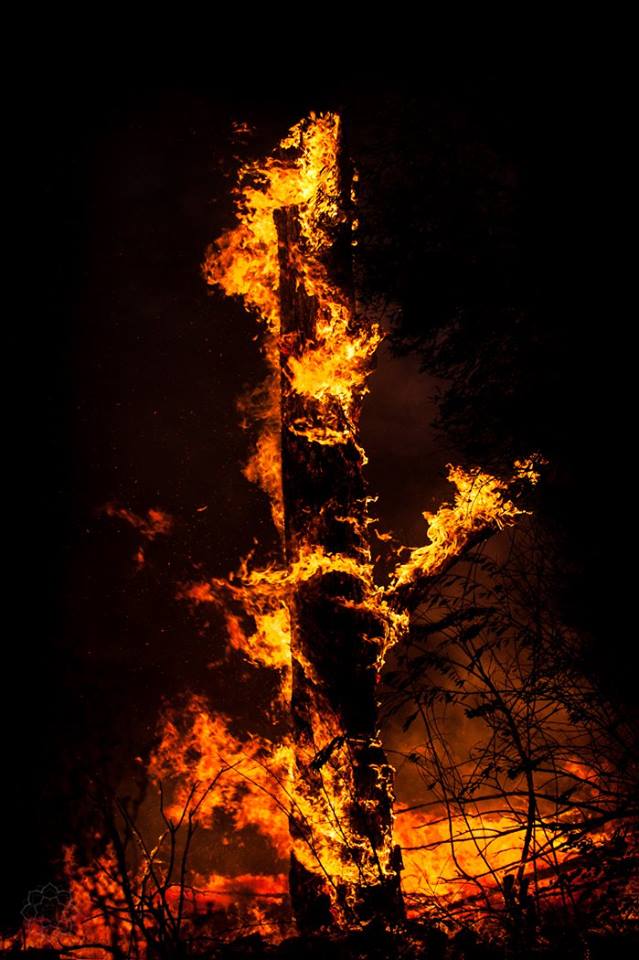
Photo credit: Greg Hillyard Photography
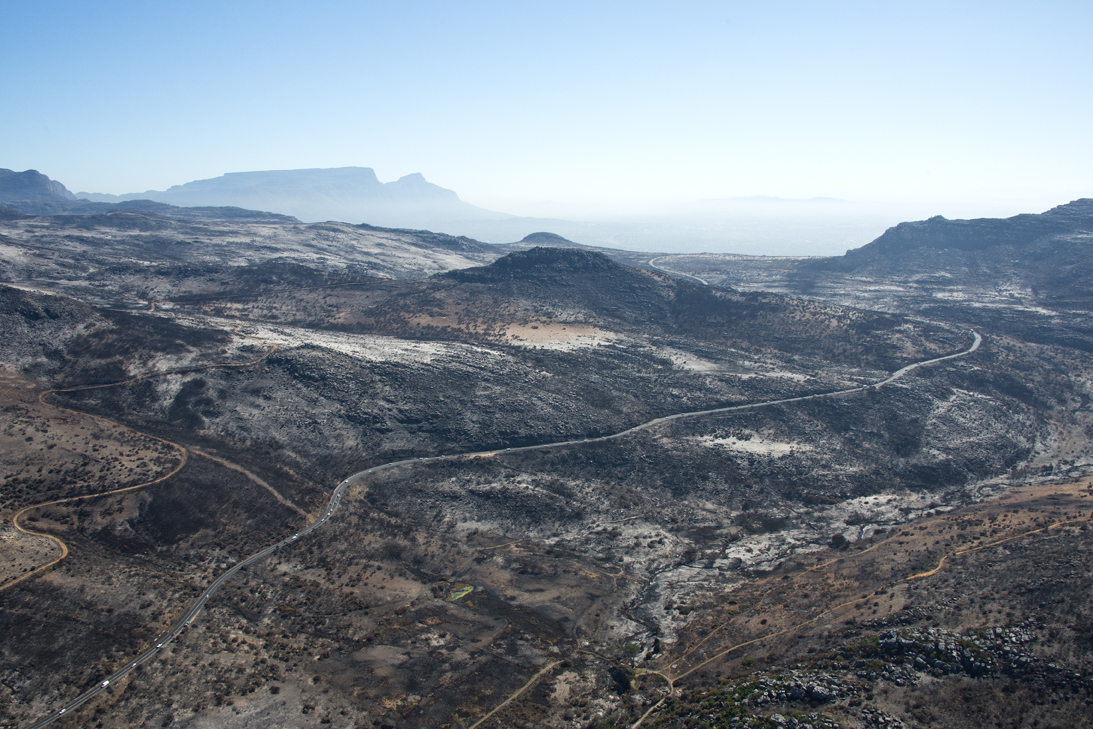
Ou Kaapse Weg by Jean Tresfon https://www.facebook.com/jean.tresfon?fref=ts